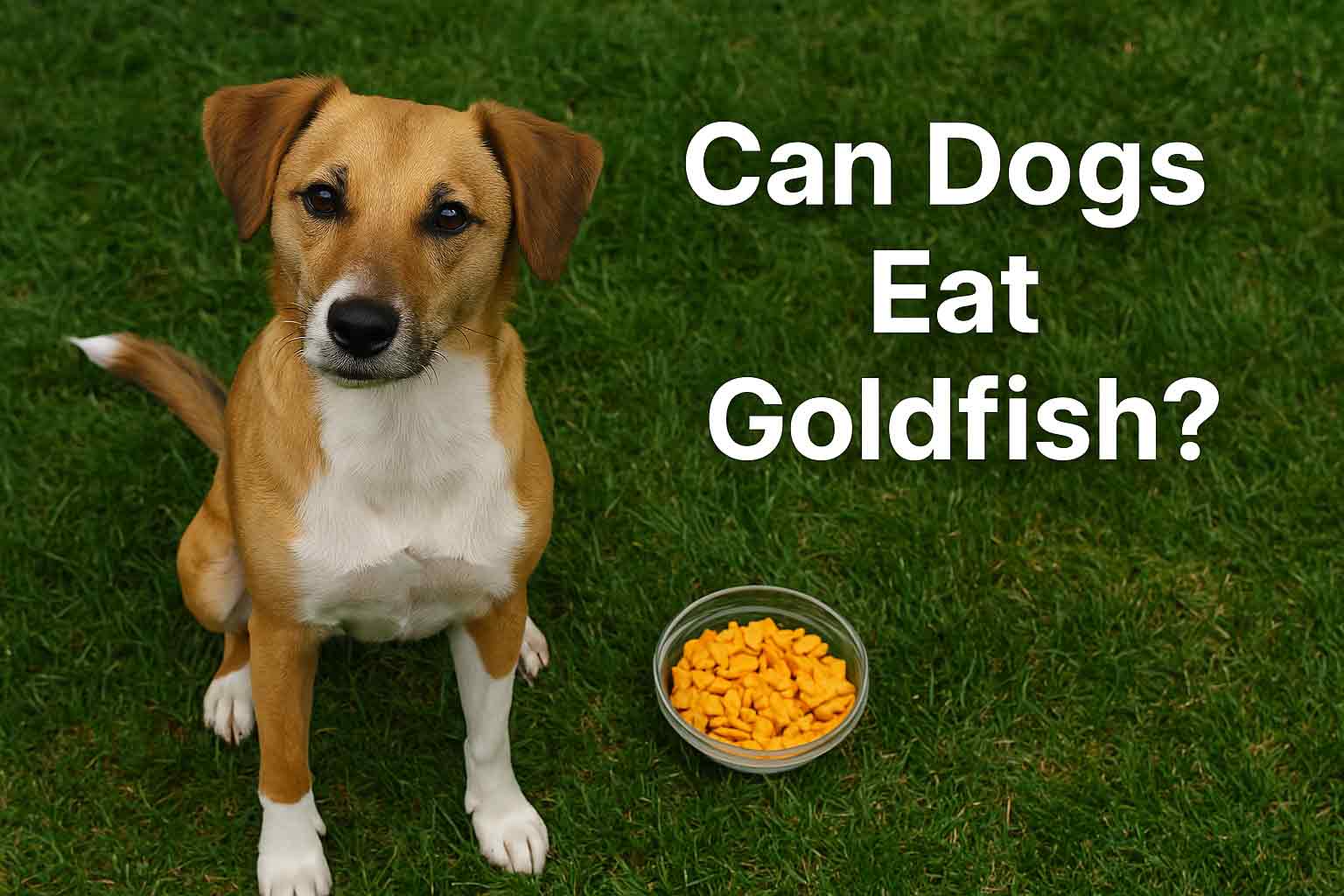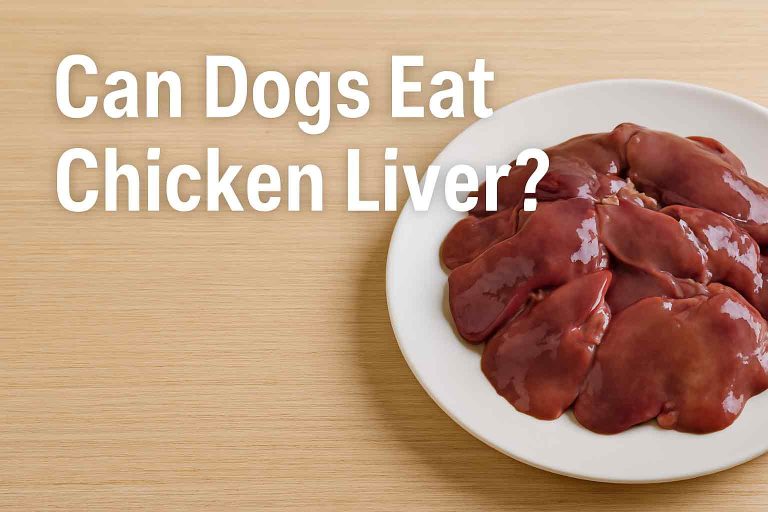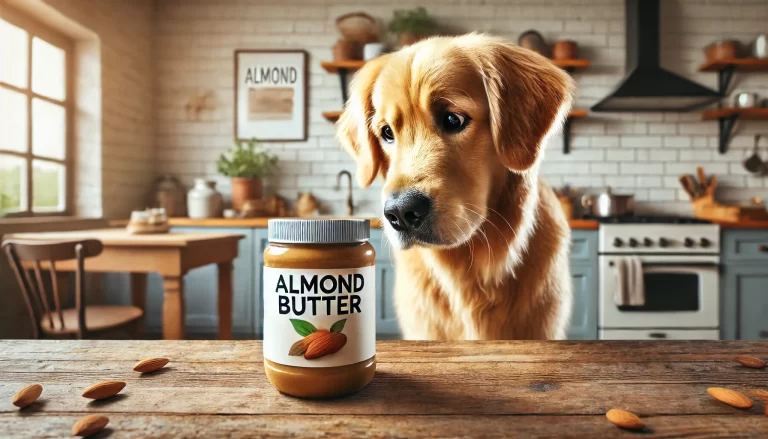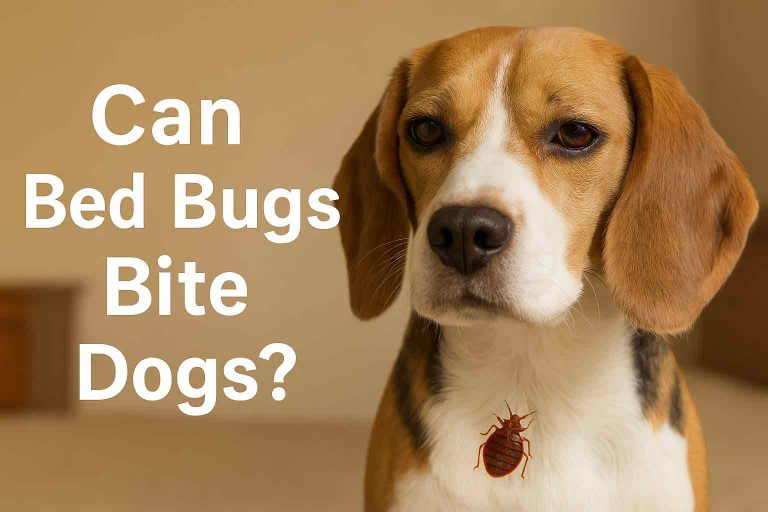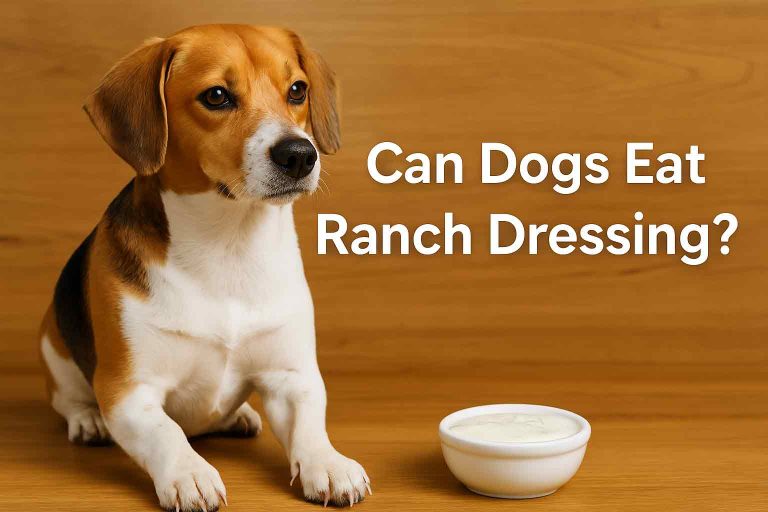Can Dogs Eat Goldfish? Benefits, Risks, Dangers & Safer Alternatives
Table of Contents
- 1. Introduction
- 2. What Do We Mean by “Goldfish”?
- 3. Can Dogs Eat Live Goldfish (the Pet)?
- 4. Can Dogs Eat Goldfish Crackers (the Snack)?
- 5. Dangers of Eating Live Goldfish
- 6. Health Risks of Goldfish Crackers
- 7. Ingredients in Goldfish Crackers That Are Harmful to Dogs
- 8. What to Do if Your Dog Eats a Goldfish
- 9. Safe Alternatives to Goldfish for Dogs
- 10. Tips for Preventing Accidental Ingestion
- 11. Final Verdict: Can Dogs Eat Goldfish?
- 12. Key Takeaways
1. Introduction
Dogs are curious creatures and sometimes that curiosity leads them to eat things they shouldn’t. Whether it’s something that flopped out of the fishbowl or a few Goldfish crackers that fell off the table, you may find yourself wondering: Can dogs eat goldfish? The answer depends on what kind of goldfish you’re talking about.
In this article, we’ll explore both live goldfish (the pet) and Goldfish crackers (the snack). We’ll explain the risks, signs to watch for, and what to do if your dog eats either of these. Our goal is to give you peace of mind and help you make informed decisions about your pet’s safety.
2. What Do We Mean by “Goldfish”?
Before we dive into details, it’s important to clarify the two main types of “goldfish” this question might refer to:
- Live goldfish: The common pet fish found in aquariums and bowls.
- Goldfish crackers: The popular cheese-flavored snack made by Pepperidge Farm.
Both can pose problems for your dog, but in very different ways.
3. Can Dogs Eat Live Goldfish (the Pet)?
No, dogs should not eat live goldfish. While some dogs might scoop up a fish from a pond or bowl, eating a live goldfish can be dangerous. Raw fish can carry parasites, bacteria, and other pathogens that could harm your dog.
Health Risks:
- Parasites: Fish can carry parasites like flukes or tapeworms.
- Salmonella and bacteria: Goldfish may harbor bacteria that can cause vomiting, diarrhea, or more serious infections.
- Choking hazard: Especially for small dogs, a whole fish may become lodged in the throat.
- Contaminants: Pet goldfish may have been exposed to chemicals or treated water not safe for ingestion.
If your dog eats a live goldfish, contact your veterinarian for advice—even if they seem fine.
4. Can Dogs Eat Goldfish Crackers (the Snack)?
Dogs can eat a small number of Goldfish crackers, but it’s not recommended. These snacks aren’t toxic in small amounts, but they’re not healthy and could lead to problems if eaten regularly or in large quantities.
5. Dangers of Eating Live Goldfish
Aside from potential bacteria and parasites, raw fish from ponds or aquariums may carry:
- Heavy metals from contaminated water
- Chemicals like aquarium cleaners or medications
- Sharp bones that could cause internal damage
Fish intended for human consumption are usually cleaned, frozen, and cooked—all steps that eliminate many of these risks.
6. Health Risks of Goldfish Crackers
Goldfish crackers contain ingredients that aren’t suitable for canine health:
- High in salt: Too much sodium can cause dehydration, high blood pressure, or even salt poisoning in extreme cases.
- Processed cheese: Not toxic, but adds unnecessary fat and preservatives.
- Refined grains and starches: Can lead to weight gain and don’t provide much nutritional value.
If your dog has dietary sensitivities or food allergies, even a few crackers could trigger symptoms like itching, upset stomach, or ear infections.
7. Ingredients in Goldfish Crackers That Are Harmful to Dogs
Let’s break down a few ingredients found in Goldfish crackers and their effects:
- Enriched wheat flour: Okay in small amounts, but offers little nutritional value.
- Cheddar cheese: Dogs are often lactose intolerant.
- Canola and sunflower oils: High in fat; can lead to pancreatitis over time.
- Salt: Excess sodium is one of the biggest concerns.
- Seasonings: Some varieties may contain onion or garlic powder, which are toxic to dogs.
8. What to Do if Your Dog Eats a Goldfish
If your dog eats a live goldfish:
- Call your vet, especially if they show signs of illness.
- Watch for vomiting, diarrhea, or signs of discomfort.
- Bring a sample of the fish or know where it came from (pond, aquarium, etc.).
If your dog eats Goldfish crackers:
- Don’t panic. One or two crackers likely won’t hurt.
- Watch for allergic reactions, vomiting, or diarrhea.
- Ensure they have access to fresh water to help with sodium balance.
In both cases, the sooner you act, the better the outcome.
9. Safe Alternatives to Goldfish for Dogs
-
If you’re looking to treat your dog, skip the crackers and try:
- Carrot sticks: Crunchy and good for teeth.
- Blueberries: Antioxidant-rich and low-calorie.
- Plain rice cakes: Unsalted and easy to digest.
- Homemade dog biscuits: Made with dog-safe ingredients.
You can also find commercial dog treats that mimic human snacks but are made with your pup’s health in mind.
10. Tips for Preventing Accidental Ingestion
- Keep fishbowls and ponds secure: Use covers or place them out of reach.
- Supervise snack time: Avoid feeding human snacks in the presence of pets.
- Educate kids: Teach children not to share snacks with pets.
- Store food safely: Keep crackers and snacks in sealed containers.
11. Final Verdict: Can Dogs Eat Goldfish?
So, can dogs eat goldfish? Not really. Whether it’s a live fish or a cheesy snack, both versions of “goldfish” come with risks.
- Live goldfish pose a risk of infection, choking, and chemical exposure.
- Goldfish crackers are high in salt, fat, and additives that can harm your dog over time.
While neither is immediately fatal in small amounts, they’re not something you want to include in your dog’s diet. When in doubt, stick to dog-safe foods and treats.
12. Key Takeaways
-
- Dogs should not eat live goldfish due to health and safety risks.
- Goldfish crackers aren’t toxic in small amounts but aren’t recommended.
- Watch for symptoms if your dog eats either version of goldfish.
- Offer healthy, dog-approved alternatives instead.
- Always consult your vet if you’re unsure about something your dog ate.
Your dog’s health and safety should always come first—even when it comes to something as small as a snack cracker or a curious nip at a fishbowl.

